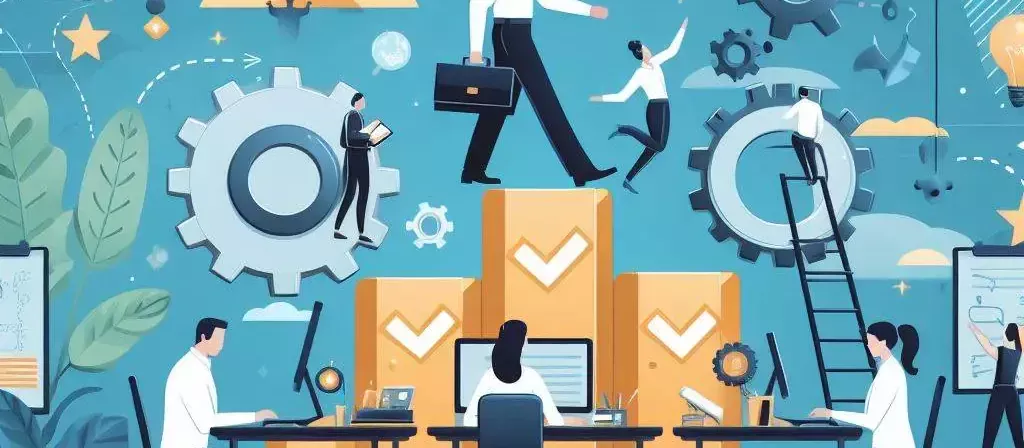Recently, I went to the post office to pick up a parcel. What was supposed to be a quick, routine task ended up taking a big chunk of my morning. I’m not going to get into the issues with the country’s logistics— I believe that can be solved with better engagement.
As I was waiting in line, I noticed that most of the people there weren’t dealing with parcels like me. Instead, they were handling transactions related to their savings accounts! Yes, the majority of the people at this local post office were there for business with the Post Office Savings Bank. There were cash depositors, people updating their passbooks (seriously!), and an elderly person wanting to convert his savings into a fixed deposit.
This wasn’t just a post office—it felt like a bank branch in action!
Post Office Savings Bank: A History
In India, government-run savings banks have been around for nearly 130 years. Some historians trace the origins of the savings movement to 1834, when the first savings bank was set up in Calcutta. The Government Savings Bank Act was passed in 1873, and the Post Office Savings Bank of India came into being in 1882. In 1886, the Government District Savings Banks merged with the Post Office Savings Bank (POSB).
During British rule, the Indian government created the “National Savings Central Bureau” to promote saving, control inflation caused by World War II, and raise funds for the war. However, this effort didn’t gain much traction because people were not interested in supporting a war that didn’t involve them.
After India’s independence in 1947, the government aimed to further promote the savings movement and established the National Savings Organisation (now NSI) in 1948. Prime Minister Jawaharlal Nehru emphasized the importance of national savings, not just to fund development projects, but also to involve people across the country in the process. He believed that anyone who participated would contribute to the nation’s growth.
Small savings became a priority. The Indian Constitution, adopted in 1949, included the Post Office Savings Bank in its list of key government institutions. Laws like the Government Savings Certificates Act of 1959 and the Public Provident Fund Act of 1968 were used by the Ministry of Finance to create various small savings programs. The aim of these programs was to encourage people to save, especially small savers, who could play an important role.
The Post Office Savings Bank has been the main platform for these savings initiatives across India for over 120 years.
POSB vs Private Banks
When you compare the reach of the post office network to the branch-based model of most private banks, it becomes clear that the Post Office Savings Bank (POSB) has a much wider presence. Because of this, the products offered by the POSB are specifically designed for its customer base.
POSB mainly focuses on savings and deposits, generating interest by investing in government securities (G-Secs). This is different from most private banks, which offer a range of products and generate income through liability products to fund their asset offerings. POSB’s model is simpler, but it’s also more conservative. Many POSB users express a strong sense of trust, which sets it apart from most private banks.
Financial Services 101
As we talk about evolving our financial services and becoming a global superpower, it’s important to remember that many private financial service providers don’t have enough reach to serve the unbanked population in this vast country.
This is where the Post Office Savings Bank really stands out. As someone involved in building a financial services business, this was a key lesson for me. Success lies in being close to the customer—understanding their needs and meeting them where they are. An app alone won’t solve all their problems. Human engagement will. People will walk several kilometers (like I did) to visit a branch, and they’ll patiently wait, as long as their issues are addressed. Even today, all major financial service players need to do this in order to succeed. Everything else is just extra.


